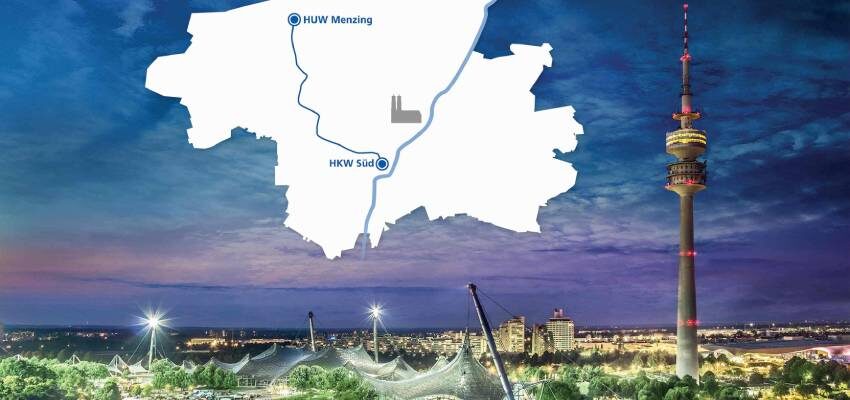
The Munich SuperLink project
The energy transition will, in all likelihood, lead to increased stress for the distribution grids, especially in large cities.
byWerner Prusseit and Robert Bach

The energy transition will, in all likelihood, lead to increased stress for the distribution grids, especially in large cities. The switch in the heating and transport sectors, as well as in industry, from fossil fuels to electrical energy conversion will increase the “consumption” of electrical energy in conurbations in the future. In this context, the question is whether the existing grids can handle the increasing challenges. Here we will not dive into details, such as the share size of battery-operated electric vehicles and thus the charging volume, but it is simply assumed that the demand for electrical energy in cities will increase significantly and exceed the capacities of the current infrastructure. In this context, the question of what difference superconducting power cables can make in the future grid infrastructure is being investigated.
- Motivation and background
In the context of the energy transition to achieve carbon neutrality, there is a lot of concern about expanding renewable energy generation. However, the infrastructure for the distribution of electrical energy will also have to be significantly adapted. Here, the main attention is paid to transmission over long distances because generation and consumption centres are often situated far apart. It is often overlooked that the requirements for urban distribution grids will also undergo drastic changes.
In the foreseeable future, fossil fuels will no longer be used in urban areas for heat generation, transport, or commercial manufacturing. Beyond that, the demand for electrical energy, especially in cities, is constantly increasing due to population growth and re-densification, electromobility, IT technology, and air conditioning. In addition, completely new load centres are emerging, and the dynamics and load flow in the grid are changing. The distribution grids that have grown over decades are not designed for this and must be adapted to the new challenges.
To make things worse, there is the ageing cable infrastructure: many cables are now well over 50 years old and are thus approaching the end of their envisaged service life. Also, the technologies used at that time for the discussed voltage level of 110 kV, such as gas-pressurised cables or oil cables, are no longer available or manufactured, so that replacement and repair are becoming increasingly difficult. Today, it is common practice to replace such old cables completely with XLPE cables during upcoming construction measures. This replacement and the associated grid reconstruction affect practically all major German cities. But also, other European, American and, to some extent, Asian metropolises are facing very similar challenges.







